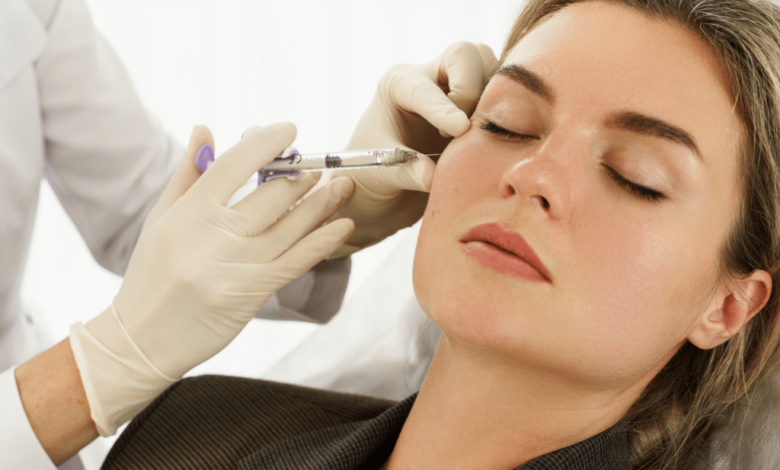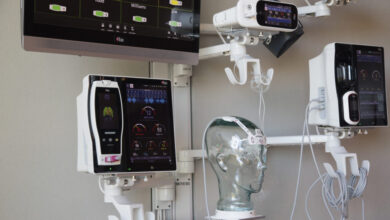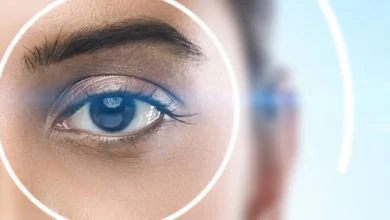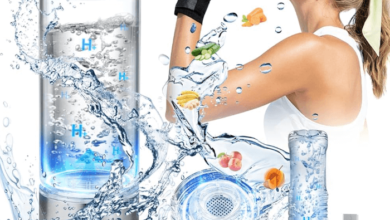4 Salmon DNA for Skin Renewal: Understanding Polynucleotide (PDRN/PDNA) Treatments

Salmon DNA, a cornerstone of polynucleotide treatments (PDRN/PDNA), isn’t chosen arbitrarily. Its remarkable similarity to human DNA makes it exceptionally biocompatible, minimizing the risk of adverse reactions and ensuring seamless integration into the skin’s cellular matrix. This inherent compatibility allows for effective stimulation of fibroblasts, the skin’s primary collagen and elastin producers, without triggering significant immune responses. The purity and consistency of salmon DNA, when properly processed, provide a reliable foundation for skin renewal, making it a preferred source for advanced aesthetic therapies.
Deciphering the Acronyms: PDRN and PDNA Explained in the Context of Salmon DNA
Understanding PDRN (Polydeoxyribonucleotide) and PDNA (Polynucleotide DNA) is crucial when discussing salmon DNA-based treatments. These terms essentially refer to fragmented DNA molecules derived from salmon DNA, varying slightly in size and structure. PDRN, often associated with smaller fragments, is known for its potent regenerative and anti-inflammatory properties. PDNA, encompassing a broader range of polynucleotides, offers a more comprehensive approach to skin revitalization. Both forms capitalize on the inherent regenerative capabilities of salmon dna, providing practitioners with versatile tools for addressing diverse skin concerns.
See also: Boots Pharmacy: Your Health and Wellness Destination at Nakheel Mall, Dubai
The Cellular Cascade: How Salmon DNA Triggers Skin Regeneration at a Molecular Level
When salmon dna fragments are injected into the dermis, they initiate a complex cellular cascade. They bind to specific receptors on fibroblasts, triggering a signaling pathway that leads to increased production of collagen, elastin, and hyaluronic acid. This molecular interaction not only enhances the skin’s structural integrity but also improves its hydration and elasticity. Additionally, salmon dna possesses antioxidant properties, protecting skin cells from oxidative stress and promoting a healthier cellular environment. This multi-faceted approach to skin regeneration makes salmon dna a powerful ally in the fight against aging.
Angiogenesis and Microcirculation: Salmon DNA’s Role in Enhancing Skin Vitality
Beyond stimulating collagen and elastin production, salmon dna plays a vital role in angiogenesis, the formation of new blood vessels. This process is crucial for enhancing microcirculation, ensuring that skin cells receive an ample supply of oxygen and nutrients. Improved blood flow contributes to a brighter, more even skin tone, reduced redness, and enhanced overall skin vitality. By promoting angiogenesis, salmon dna not only revitalizes the skin’s appearance but also strengthens its underlying health.
Barrier Strengthening and Hydration: Salmon DNA’s Impact on Skin Resilience
The skin’s barrier function is essential for protecting against environmental aggressors and maintaining hydration. Salmon DNA strengthens this barrier by enhancing the production of key structural proteins and lipids. This fortification improves the skin’s ability to retain moisture, reducing dryness and dehydration. Furthermore, it enhances the skin’s resistance to external irritants, such as pollution and UV radiation, minimizing the risk of inflammation and premature aging. Salmon dna’s ability to reinforce the skin’s natural defenses makes it a valuable component of a comprehensive skincare strategy.
Addressing Diverse Skin Concerns: Salmon DNA for Scars, Pigmentation, and Texture
Salmon dna-based treatments are versatile and can address a wide range of skin concerns. They are particularly effective in minimizing the appearance of scars, including acne scars and surgical scars, by promoting cellular repair and collagen synthesis. Additionally, salmon dna can help reduce pigmentation irregularities by inhibiting melanin production and promoting a more even skin tone. It also improves skin texture by stimulating cellular turnover and smoothing out rough patches. This versatility makes salmon dna a valuable tool in both aesthetic and medical dermatology.
The Treatment Experience: What to Expect During a Salmon DNA Polynucleotide Session
A salmon dna polynucleotide treatment session typically involves a series of microinjections into the targeted areas of the skin. After a thorough consultation and skin assessment, a topical anesthetic is applied to minimize discomfort. The polynucleotide solution, derived from salmon dna, is then injected using a fine needle. The procedure is generally well-tolerated, with minimal downtime. Some mild redness or swelling may occur immediately after the treatment, but these side effects typically subside within a few hours. The results are gradual, with noticeable improvements appearing within a few weeks as collagen and elastin production increases.
Optimizing Results: Combining Salmon DNA Treatments with Complementary Therapies
To maximize the benefits of salmon dna polynucleotide treatments, they can be combined with other complementary therapies. For example, microneedling can create micro-channels in the skin, facilitating deeper penetration of the polynucleotide solution. LED light therapy can further stimulate collagen production and reduce inflammation. Chemical peels can exfoliate the skin’s surface, improving texture and allowing polynucleotides to work more effectively. Additionally, a consistent skincare routine with hydrating and antioxidant-rich products can support the regenerative processes initiated by the injections. Consulting with a qualified aesthetic practitioner can help determine the most suitable combination of treatments for individual needs.
Long-Term Skin Health: Sustaining the Benefits of Salmon DNA Treatments
The benefits of salmon dna polynucleotide treatments are not merely temporary. With proper maintenance, the results can last for several months to a year or more. Regular maintenance sessions can further extend the benefits, ensuring that the skin remains healthy, vibrant, and resilient. A consistent skincare routine, including hydration, sun protection, and antioxidant-rich products, can support the regenerative processes initiated by the treatment. By adopting a proactive approach to skin health, individuals can enjoy the long-term benefits of salmon dna polynucleotide treatments and maintain a youthful complexion.
Conclusion
Salmon dna, with its remarkable biocompatibility and regenerative capabilities, stands as a cornerstone of modern skin renewal through polynucleotide treatments (PDRN/PDNA). By stimulating cellular repair, enhancing hydration, and promoting angiogenesis, salmon dna offers a comprehensive approach to addressing diverse skin concerns. Its versatility, combined with its natural origin, makes it a valuable tool in both aesthetic and medical dermatology, providing individuals with a safe and effective path to achieving healthier, more radiant skin.



